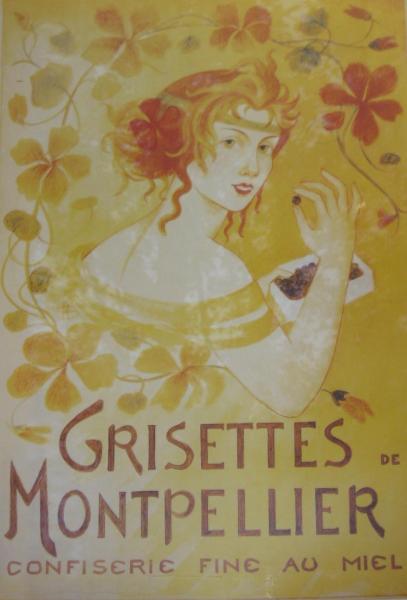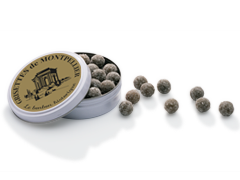- Read offline
- Access all content
- Use the in-app Map to find sites, and add custom locations (your hotel...)
- Build a list of your own favourites
- Search the contents with full-text search functionality
- ... and more!
Grisette de Montpellier
possibly France’s oldest bonbon

Grisettes de Montpellier look like grey sugar-coated peas and are made out of honey and liquorice, things that were considered to be good for what ailed you in the Middle Ages, especially if you suffered from high blood pressure.
Liquorice (réglisse) grows naturally around Montpellier, so the apothecary who invented them didn’t have to look far for the two main ingredients. They became so valuable (sugar was very rare back then) that pilgrims en route to Santiago de Compostela who passed through Montpellier would be given grisettes in lieu of change, and could use them as money.

By the early 20th century, grisettes were forgotten—until German Raymond Müller, former member of the Foreign Legion who had studied agronomy in Montpellier, found a handwritten recipe from 1837 while cleaning out an attic belonging to the descendants of poet Paul Valéry (who was born in nearby Sète).
Muller revived the grisettes in a company called Rucher de la Hacienda, which was bought up in 2017; currently they are produced near Paris by Kubli, one of the last traditional sweet makers in France.
Montpellier’s liquorice also went into another historic sweet, Gomme réglisse vanille, dating from the 16th century, when gum arabic and vanilla were unloaded at the city’s Port de Lattes. These little light brown cubes are still made today—and are 100% vegan.
Images by Dinkley, GrisettesdeMontpellier

